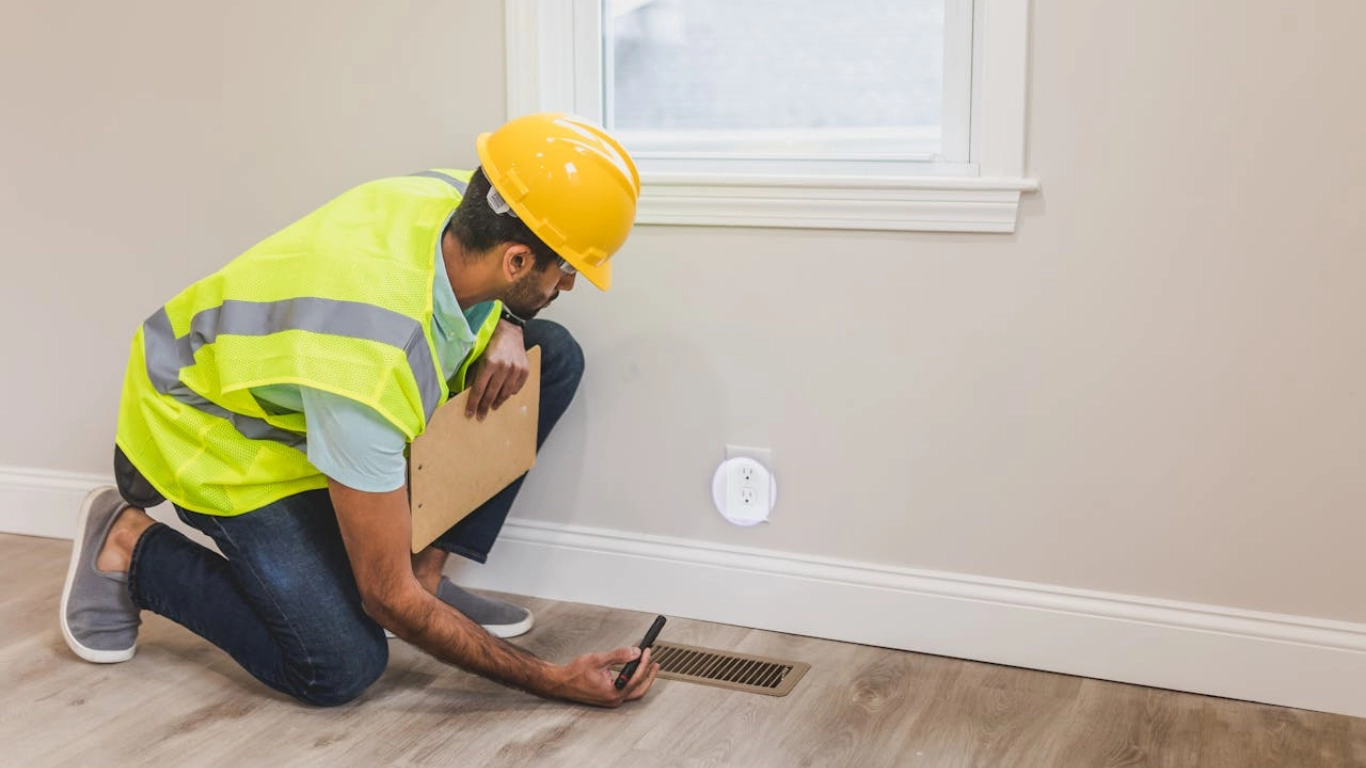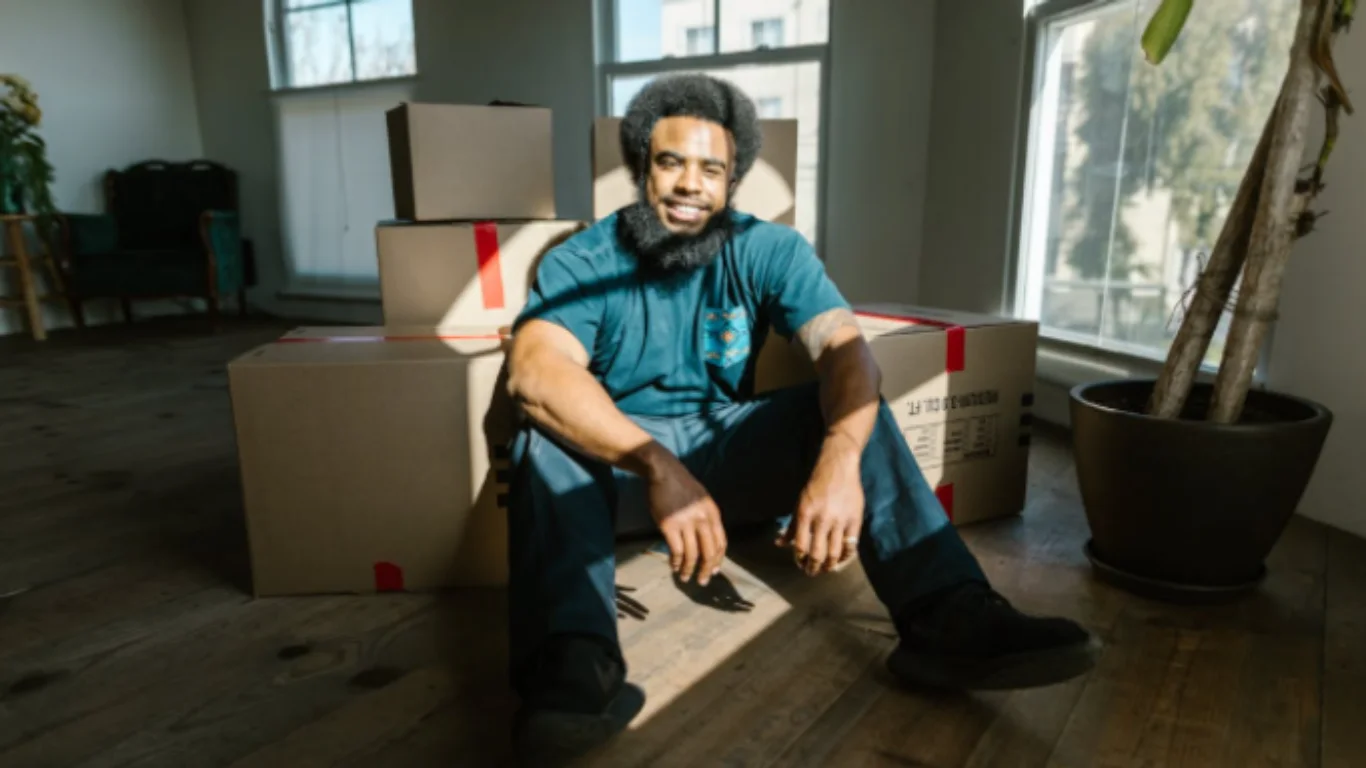You might think your home feels too warm because of the weather or your AC unit. But often, the real problem lies in the small things you do every day without realizing it. These habits may seem harmless, but together, they can trap heat inside and force your cooling system to work harder.
Here’s something you might not know: sunlight entering through your windows can raise the room temperature by several degrees. Pair that with regular indoor heat sources like cooking, electronics, and poor airflow, and your home turns into a heat trap. Many people waste money on cooling their home when they could fix the problem with small changes. The good news is that it’s easy to spot and fix the habits that are making things worse. You don’t need a full renovation—just a bit of awareness and action.
Below are some common things that increase indoor heat and how you can change them.
Skipping Annual HVAC Maintenance
It’s easy to ignore your AC system when it seems to be working. But even if it’s cooling your home, it might not be running as efficiently as it could. Dust buildup, low refrigerant, or worn parts can make it work harder than necessary.
A yearly maintenance check can spot these problems early. A technician will clean the components, check for leaks, and make sure everything runs properly. Regular service extends the life of your unit and keeps cooling costs down. If you want to improve your AC efficiency, keeping up with routine maintenance is one of the best things you can do.
Letting the Sun Pour in All Day Long
Natural light makes a room feel brighter, but during summer, it also raises the indoor temperature quickly. If you leave your curtains or blinds open during the hottest parts of the day—usually late morning to early evening—you’re letting in direct heat. Rooms with large or west-facing windows are the worst offenders.
You don’t have to block all sunlight. Just be selective. Keep blinds closed during peak hours, especially in rooms you don’t use often. You can also install thermal or blackout curtains to reduce heat gain without making the space feel dark. Light-colored window coverings help reflect heat, too. Simple changes like these can reduce how hard your AC needs to work.
Cooking at the Wrong Time of Day
Running your oven or stove in the middle of a hot day adds more heat to your home than you might think. Kitchens get warm fast when you cook full meals, and that warmth spreads to nearby rooms. If you’re preparing dinner around 4–6 p.m.—the hottest time of day—you’re heating up your house at exactly the wrong time.
Try to shift your cooking schedule. If you can, cook earlier in the morning or later in the evening. Use a microwave, air fryer, or slow cooker when possible. These appliances give off far less heat than a gas or electric range. Even using an outdoor grill can help reduce indoor warmth. It’s not just about saving energy—it’s about keeping the heat out of your living space.
Running Heat-Producing Devices Too Often
Your TV, desktop computer, lamps, and even phone chargers all give off heat. If you have several devices running at the same time—especially in small or closed rooms—you’ll notice a rise in temperature. That heat doesn’t just stay in one spot. It builds up and makes your cooling system work harder.
To avoid this, turn off electronics when you’re not using them. Unplug chargers, especially ones that stay warm even when idle. Switch to energy-efficient LED bulbs, which produce far less heat than traditional ones. These small changes won’t just cool your space; they can lower your energy bill too.
Not Using Exhaust Fans Properly
Many people ignore their kitchen and bathroom exhaust fans, or they don’t know when to use them. But these fans are important tools for keeping heat and humidity out. When you cook, especially if you’re using heat or boiling water, steam and heat fill the room. In bathrooms, hot showers do the same thing.
Turn on your exhaust fan every time you cook or shower. Leave it running for a few minutes after you’re done. It helps pull hot, damp air outside instead of letting it linger and spread. Proper ventilation also keeps your AC from working overtime to cool down air that didn’t need to be there in the first place.
Ceiling Fans That Spin in the Wrong Direction
Most homeowners don’t think about which way their ceiling fans spin. But the direction matters—especially during summer. When a ceiling fan runs clockwise, it pulls air up toward the ceiling. That might work in winter, but in hot months, it keeps you warm instead of cool.
In summer, your fan should spin counterclockwise. This pushes air down and creates a breeze that helps cool your skin. Many fans have a switch on the base to change the direction. Make sure it’s set correctly for the season. When used the right way, ceiling fans make rooms feel cooler without changing the thermostat. That means you can stay comfortable and still save energy.
Blocking Vents with Furniture or Rugs
Sometimes we arrange our furniture based on looks or space. But if a couch, shelf, or rug blocks an air vent, it reduces airflow. That makes it harder to cool the room. You may not feel it right away, but over time, blocked vents throw off the balance in your home.
Walk through each room and check where the vents are. If anything is sitting directly in front of them, move it or adjust the layout. Air needs space to move freely. Even something as simple as a thick curtain covering a vent can trap cool air. The more open your vents are, the more efficiently your system works.
You don’t need to buy a new air conditioner to feel cooler at home. Often, it’s the small daily habits that create problems—and the small changes that solve them. Things like blocked vents, poor fan settings, or even cooking at the wrong time can push indoor temperatures higher.
Go room by room and look for these habits. Check your filters, furniture layout, and thermostat settings. Adjust your fan direction. Use your curtains wisely. Most of these fixes take minutes and cost very little. But together, they can make your home feel more comfortable without running your AC nonstop.
Paying attention to these details helps your home work with you, not against you. And in a hot summer, that makes all the difference.







